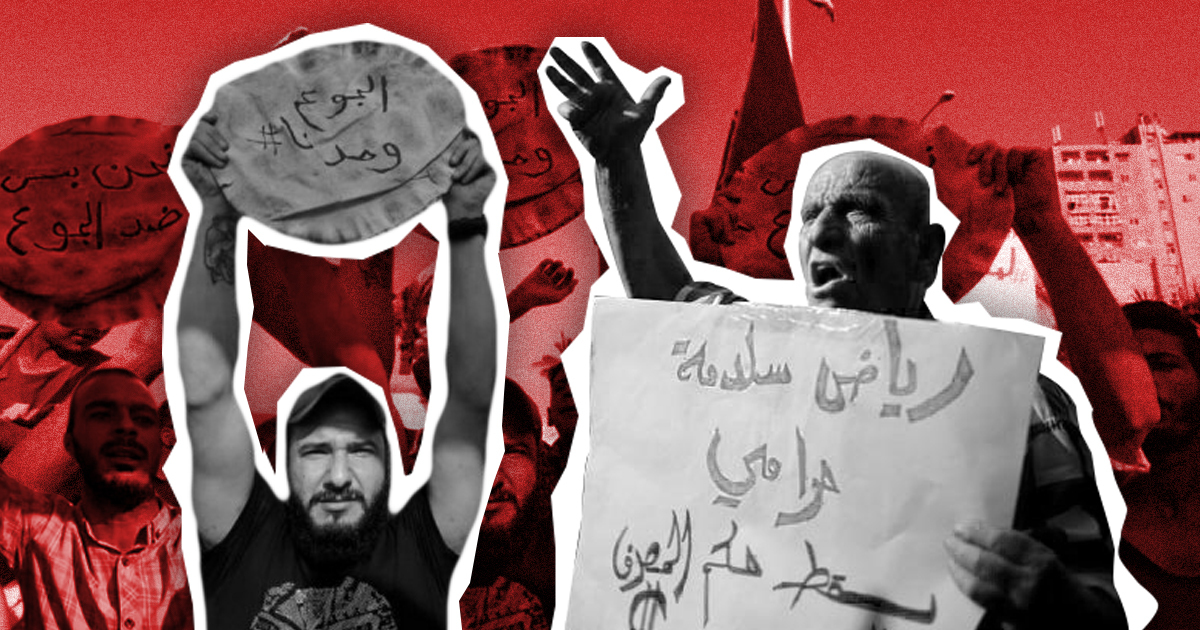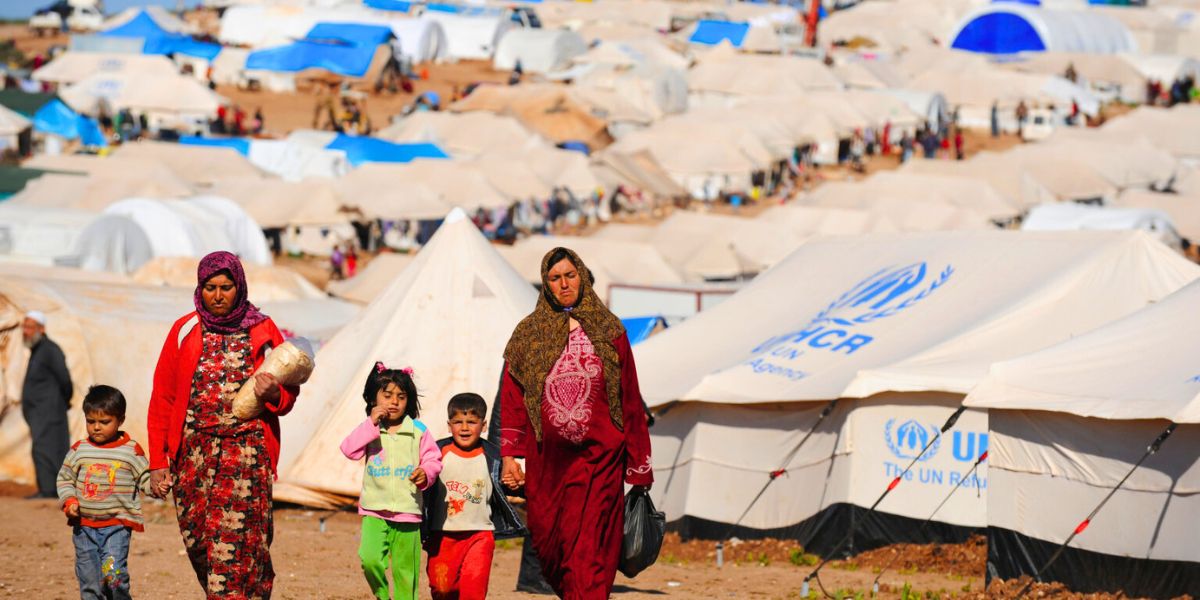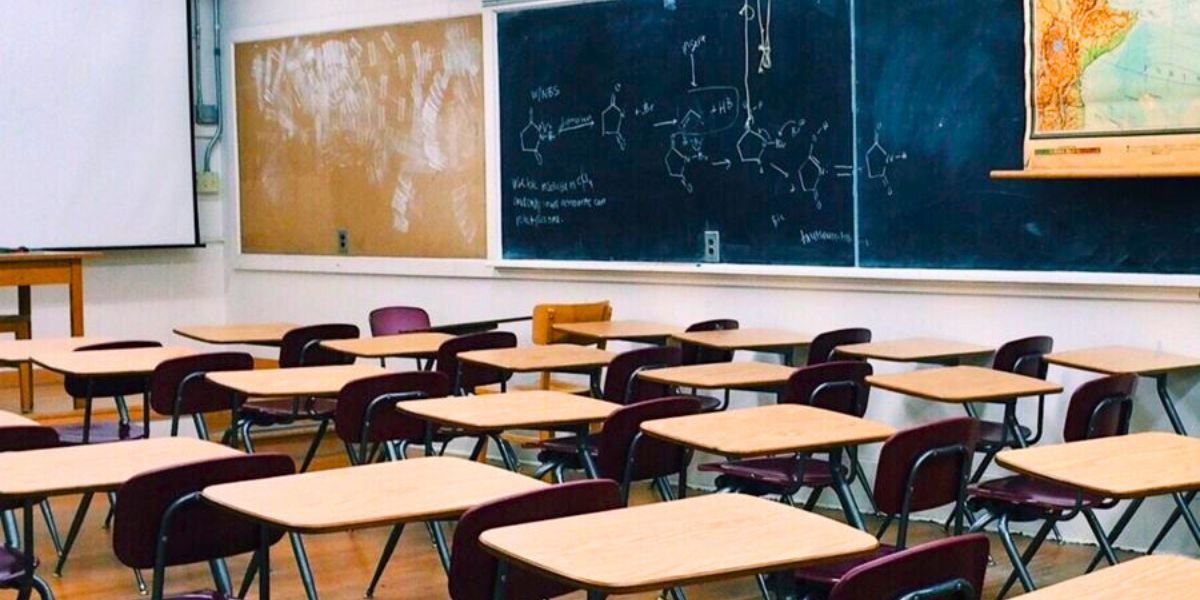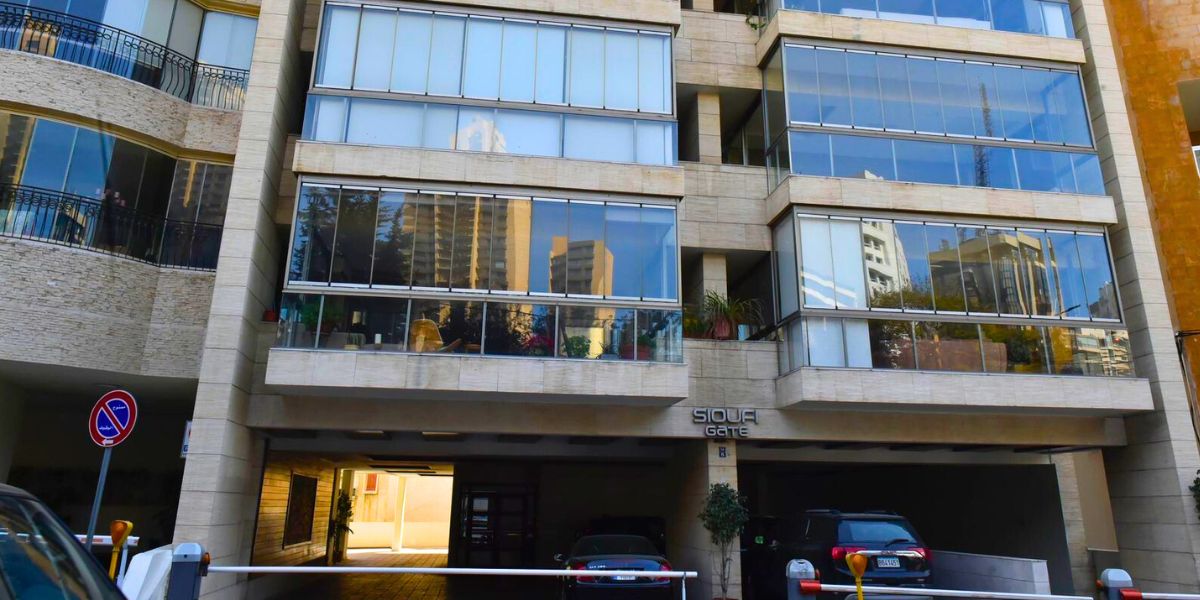For months, the fate of the state’s subsidy of essential commodities has been one of the most prominent discussions in Lebanon.
Nowadays, almost no day passes by without the mention of subsidies, either by officials and politicians or by syndicates and civil organizations.
Similarly, protests and strikes, which have been commonplace in Lebanon in recent times, are rarely free from subsidy-related demands.
The point is, the subject is the center of a great deal of attention, and for good reason: In 2021 Lebanon, many lives depend on subsidies. So, what would happen if subsidies were lifted?
Cutting Costs
When a state subsidizes a commodity, it partly pays for it to make it more accessible, especially to low-income people.
In Lebanon, the central bank has been subsidizing the import of fuel, medicine, and flour at the official exchange rate of 1,515 LBP/USD, while the parallel market is selling the dollar for around 15,000 pounds (as of the time of writing).
It goes without saying, then, that removing subsidies would cause massive price hikes in the abovementioned commodities.
It’s been estimated that the removal of subsidies without having a safety net ready would throw more than 80% of the Lebanese population into poverty (around 55% of the population are considered poor today).
This is why subsidies are such a critical matter, and it’s why the Lebanese government has been carefully treading the idea of lifting them.
With that said, the removal of subsidies itself is not the question that Lebanese officials have been pondering for months, as the central bank‘s dwindling foreign currency reserve can only cover so much. It’s what they would do afterward, and how they would prevent a social catastrophe at an unprecedented scale for the country.
One of the most popular alternatives proposed for subsidies is the ration card; another hot topic in the political scene today.
Such a card would maintain social support by allocating a monthly salary for families to help them secure their basic needs amid inflation.
While the project is still being studied, it is reportedly estimated to support around 750,000 families at a total annual cost of approximately $1.2 billion.
For context, the subsidy program in its current form costs more than $5 billion a year, so the ration card would, at least on paper, be an effective method of cost-reduction that would not drown everyone in destitution.
Fighting Over Crumbs
Another potential scenario that might come into play in the near future is keeping limited subsidies in place.
For instance, instead of subsidizing fuel, medicine, and flour, the government may continue to subsidize the latter without the former two.
In such a scenario, the prices of drugs used in the treatment of chronic illnesses might stay fixed at the official exchange rate, while those used for serious conditions might be partially subsidized, the head of Lebanon’s Order of Pharmacists has stated in recent months.
Fuel, on the other hand, is likely to be the most severely impacted commodity in any subsidy rationing process.
According to the rationing project proposed by the Finance Ministry in 2020, the value of the state’s subsidy of gasoline would be lowered by 83%, while that of diesel fuel would drop by 86%.
The inevitability of fuel-price hikes was recently affirmed by caretaker Energy Minister Raymond Ghajar, who urged the Lebanese to prepare for the end of subsidy. What remains unclear is how exactly the process will unfold.
As they prepare for the inevitable, many Lebanese are wondering whether they will be able to survive the next level of the crisis, or whether the state will fail them again with inefficient programs that leave them fighting over bread crumbs.

















